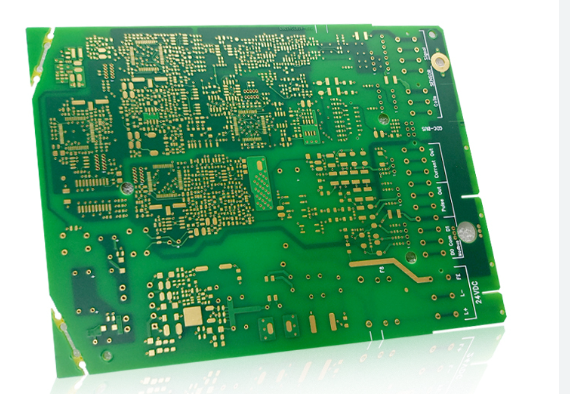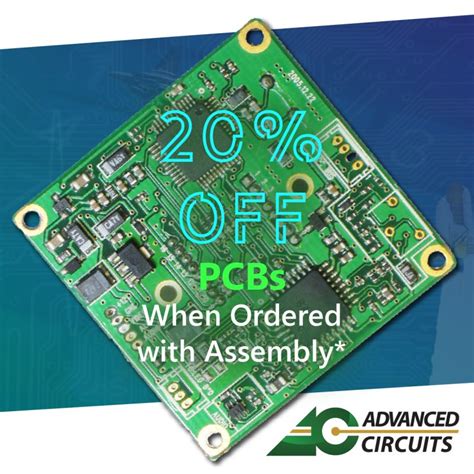Advancements in Automated Electronics Assembly Techniques
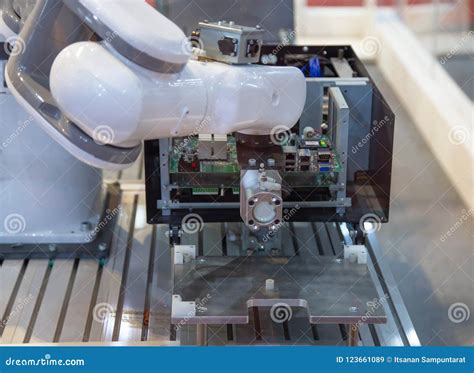
Key Takeaways
The field of automated electronics assembly has experienced remarkable growth in recent years, particularly through advancements in pcb assembly techniques. Innovative processes such as selective soldering and surface mount technology (SMT) have streamlined the pcba process, significantly improving overall efficiency and quality. The incorporation of robotics has been pivotal in enhancing productivity, allowing for rapid and precise component placement on printed circuit boards. These robotic systems are often equipped with advanced vision technology, which assists in identifying components and functionalities to ensure that assemblies meet stringent quality standards.
Moreover, cutting-edge technologies like additive manufacturing and the Internet of Things (IoT) are transforming traditional assembly methods into more adaptive and data-driven approaches. For instance, IoT devices can monitor equipment performance in real-time, leading to predictive maintenance that reduces downtime in assembly lines. The emphasis on smart automation not only increases throughput but also supports intricate designs that were previously unattainable through manual assembly methods.
| Technology | Impact on PCBA | Benefits |
|---|---|---|
| Selective Soldering | Precision placement of components | Reduced wastage |
| Surface Mount Technology (SMT) | Increased density of components | Enhanced circuit performance |
| Robotics with Vision Systems | Real-time quality assurance | Higher production rates |
| IoT Monitoring | Predictive maintenance capabilities | Decreased operational costs |
In summary, these advancements within the sphere of automated electronics assembly not only enhance efficiency but also fundamentally change how manufacturers approach the production and assembly of electronic components. As the industry continues to innovate, it holds great promise for further improvements in both productivity and functionality in pcb assemblies.
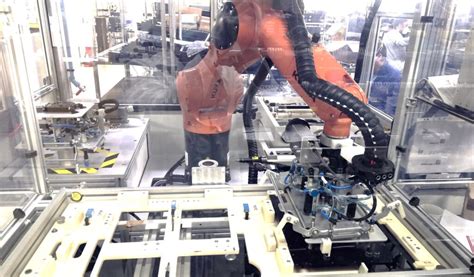
Introduction to Automated Electronics Assembly
The field of automated electronics assembly has witnessed significant transformation in recent years, driven by the increasing demand for efficient and reliable manufacturing processes. At the core of this transformation is the evolution of Printed Circuit Board Assembly (PCBA) methods, which have pivoted towards more automated and streamlined approaches. Manufacturers are now leveraging advanced robotics and sophisticated software to optimize their pcb assembly lines, thus minimizing human intervention and reducing the likelihood of errors. This not only enhances productivity but also allows for a higher degree of precision in the assembly process.
As industries strive for faster turnaround times and reduced operational costs, innovation becomes paramount. The introduction of machine learning algorithms and artificial intelligence has enabled systems to adapt in real-time, further improving the quality and efficiency of automated processes.
“Embracing automation is not just a trend; it’s a necessary evolution for staying competitive in today’s electronics market.”
The latest technologies facilitate seamless integration from component placement to final inspection within pcba systems, ensuring that manufacturers can meet stringent quality standards while scaling production. Therefore, understanding these advancements is crucial for professionals looking to navigate the manufacturing landscape successfully. As we delve deeper into this topic, it becomes clear that the future of automated electronics assembly lies in its ability to adapt to changing market demands while harnessing emerging technologies effectively.
Key Innovations in Automated Electronics Assembly Techniques
The landscape of automated electronics assembly has witnessed remarkable innovations, significantly enhancing the way pcb assembly processes are conducted. One of the prominent advancements is the incorporation of advanced machine vision systems which enable precise alignment and inspection of components during the assembly process. This technology minimizes human error and increases the reliability of operations. In addition, smart automation solutions are being developed that utilize data analytics to optimize production workflows and reduce setup times, thereby improving overall efficiency. Furthermore, modular equipment designs are gaining traction, allowing for more flexible production lines that can easily adapt to varying product requirements. Another noteworthy innovation is the integration of Artificial Intelligence (AI) into the assembly process, where intelligent algorithms can predict maintenance needs and facilitate real-time adjustments to operations. These approaches not only streamline production but also enhance quality assurance in pcba manufacturing. By leveraging these key innovations, manufacturers are not only improving their operational efficiency but also ensuring a higher standard of quality, ultimately transforming the automated electronics assembly industry into a more robust and responsive sector.
The Role of Robotics in Enhanced Manufacturing Efficiency
The integration of robotics in automated electronics assembly has become a cornerstone for enhancing manufacturing efficiency across various industries. With the growing demand for high-quality printed circuit board assembly (pcb assembly) and the need for rapid production cycles, companies are increasingly turning to innovative robotic solutions. These systems are not only capable of executing complex tasks with precision but also significantly reducing labor costs and minimizing human error. Emerging technologies such as collaborative robots, or cobots, are designed to work alongside human operators, boosting productivity while ensuring safety in the workspace. As these robotic systems integrate advanced artificial intelligence, they are capable of adapting to different tasks within pcba processes and optimizing workflows dynamically. The seamless coordination between robots and traditional assembly lines is paving the way for a new era of manufacturing, characterized by flexibility and responsiveness to market demands. In conclusion, the role of robotics in improved efficiency is undeniable, as it allows manufacturers to achieve higher levels of quality control and operational excellence in their pcba endeavors.
Cutting-Edge Technologies Transforming the Assembly Process
In the evolving landscape of automated electronics assembly, innovative technologies are playing a pivotal role in revolutionizing how manufacturers approach the production of electronic components. One such advancement is the integration of Artificial Intelligence (AI) and machine learning, which enable systems to adapt in real time to variations during the pcb assembly process. These technologies provide enhanced accuracy and reduce the likelihood of defects, leading to higher quality pcba outcomes. Additionally, the utilization of vision systems allows for precise inspection at each step of assembly, ensuring that each component is placed correctly. Another significant development is the emergence of modular automation systems that offer flexibility to manufacturers; these systems can be easily modified or expanded, adapting quickly to different production requirements. Furthermore, advancements in 3D printing combined with traditional manufacturing techniques are allowing for rapid prototyping and production of complex parts, streamlining the overall assembly process. Overall, these cutting-edge technologies are not only transforming traditional methods but also significantly boosting efficiency and sustainability within the electronics manufacturing sector.
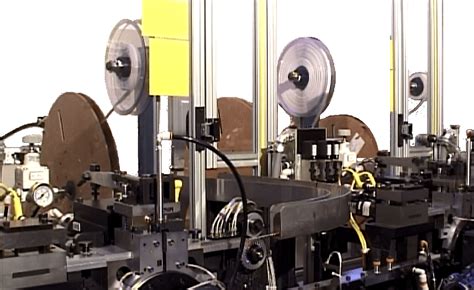
Case Studies: Successful Implementations of Automation in Electronics
The integration of automation in pcb assembly has shown remarkable results across various industries, leading to enhanced efficiency and reliability. One notable example includes a leading consumer electronics manufacturer that implemented an advanced pcba line, utilizing robotics for the intricate assembly processes. This shift minimized human error and significantly increased production speed. Another case highlights an automotive electronics company that adopted sophisticated automated inspection systems as part of their pcb assembly workflow. The use of artificial intelligence (AI) in this context not only boosted the accuracy of quality control but also expedited the overall manufacturing timeline. Furthermore, a tech startup focused on smart device production demonstrated how integrating flexible robotic arms into their pcba processes allowed for rapid changes in production lines, accommodating various product designs without extensive downtime. These case studies underscore the transformative power of automation, showcasing how innovative techniques and technologies are reshaping the electronics assembly landscape, paving the way for a more efficient and productive future.

Challenges and Solutions in Automated Electronics Assembly
In the rapidly evolving world of automated electronics assembly, manufacturers face a range of challenges that can impact the efficiency and reliability of their operations. Key obstacles include the rising complexity of circuit designs and the increasing demand for miniaturization in pcb assembly processes. These trends create significant pressure on production lines, necessitating more precise handling and placement of components to ensure quality. However, innovative solutions are emerging to address these challenges. For instance, advanced robotics equipped with artificial intelligence are enhancing the accuracy and speed of component placement, reducing human error significantly during pcba processes. Moreover, sophisticated software tools are now available for real-time monitoring and defect detection, allowing for immediate adjustments that enhance productivity without compromising quality. As manufacturers adopt these cutting-edge technologies, they are making strides in not just overcoming existing challenges, but also future-proofing their operations against possible setbacks in an ever-competitive environment. The integration of these solutions will be crucial for businesses looking to maintain their edge in the electronics industry while ensuring that their automated systems can keep pace with evolving demands.
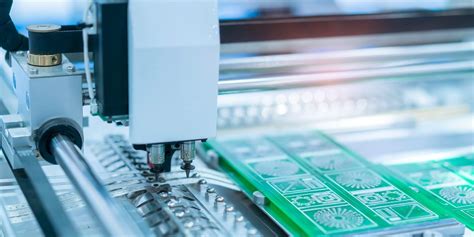
Future Trends in Automation for the Electronics Industry
As the demand for faster and more reliable pcb assembly processes continues to rise, the electronics industry is poised to embrace several key trends in automation. One of the most significant developments includes the integration of artificial intelligence (AI) and machine learning into automated systems, which enable these systems to analyze data in real-time and adapt their operations accordingly. This shift not only enhances pcba efficiency but also reduces human error, ensuring a higher quality of end products. Additionally, advancements in robotics are leading to more sophisticated assembly techniques, allowing for complex assemblies to be executed with precision and speed. The increased adoption of flexible manufacturing systems is also noteworthy; these systems can be easily reconfigured to handle various products without significant downtime. Ultimately, as these technologies evolve and converge, they are expected to reshape the entire landscape of automated electronics assembly, paving the way for unprecedented levels of productivity and innovation across the industry.
Conclusion
In the rapidly evolving landscape of manufacturing, advancements in automated electronics assembly—particularly in pcb assembly and pcba processes—are reshaping industry practices. The integration of robotics and AI technologies enables manufacturers to achieve unparalleled levels of precision and efficiency, significantly reducing the time required to produce complex electronic assemblies. This shift not only enhances production rates but also ensures consistent quality, thereby minimizing errors associated with manual labor. Additionally, with the development of advanced materials and component designs, manufacturers can better meet the demands for smaller and more intricate electronics. These innovative techniques are crucial as they address contemporary challenges in supply chain dynamics, allowing for greater flexibility and responsiveness to market changes. As we look ahead, the future of automated electronics assembly promises even further efficiencies and capabilities through continuous technological advancements, driving growth and sustainability in the electronics industry.
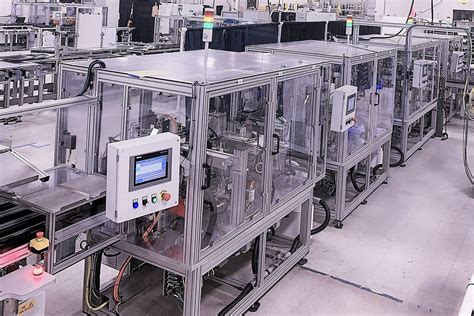
FAQs
Q: What is automated electronics assembly?
A: Automated electronics assembly refers to the use of advanced machinery and technology to enhance the efficiency and precision of assembling electronic components, such as PCB assembly and PCBA.
Q: What are the benefits of using automation in assembly?
A: The primary benefits include improved accuracy, reduced labor costs, and enhanced production speed. Automated processes significantly minimize human error and can handle complex assemblies more effectively.
Q: How do robotics play a role in electronics assembly?
A: Robotics streamline various tasks in assembly, such as material handling and soldering. Their ability to perform repetitive tasks with high precision contributes to an overall increase in pcba quality.
Q: What cutting-edge technologies are transforming the assembly process?
A: Technologies such as Artificial Intelligence, Machine Learning, and advanced vision systems are being integrated alongside traditional methods. This enables smarter decision-making and real-time process adjustments during PCB assembly.
Q: Can you provide examples of successful automation in electronics?
A: Numerous companies have reported success through the implementation of automated systems. For instance, major electronics manufacturers have achieved higher throughput rates while maintaining exceptional product quality.
Q: What challenges does automated electronics assembly face?
A: Some challenges include the high initial investment costs for automation equipment and the need for regular maintenance. Additionally, there may be a learning curve associated with transitioning from manual to automated processes.




